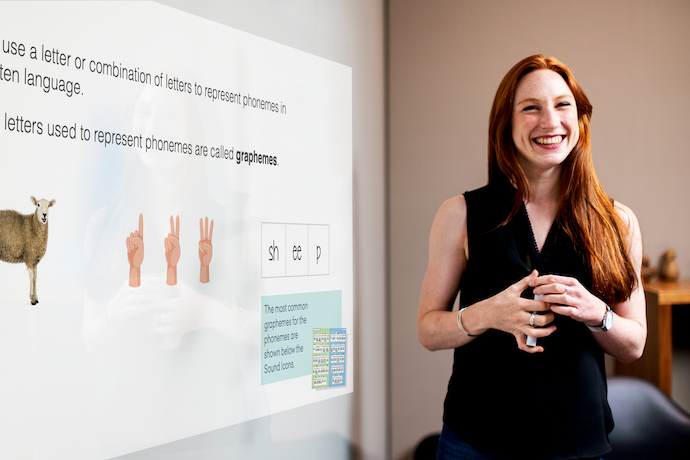Sound Waves Literacy
Linking phonics to reading – Decodable Readers are the key
Students use the Sound Waves Decodable Readers to apply the phoneme–grapheme knowledge learnt in the corresponding lessons directly to reading practice.
Available for Foundation and Year 1.
Why Decodable Readers?
Learning to read is a complex process. Evidence-informed frameworks, such as the Simple View of Reading and Scarborough’s Reading Rope, identify that learning to read requires two key components of instruction – word recognition and language comprehension.
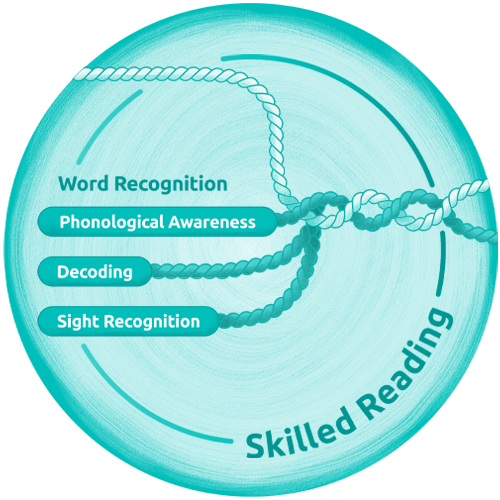
Sound Waves Decodable Readers develop word recognition skills, making them an essential resource in the first few years of a student’s reading development.
Our Decodable Readers have been meticulously written within tightly controlled parameters that adhere to the Sound Waves Literacy’s systematic synthetic phonics sequence. The books provide students with specific opportunities to apply their knowledge of phoneme–grapheme relationships in continuous, meaningful texts. Over time, this leads to rapid and accurate word recognition and improves reading fluency.
Sound Waves Decodable Readers truly stand out from the crowd. Not only do they directly match the content taught in Sound Waves Literacy lessons, they also feature captivating stories and charming illustrations. Best of all, there’s a Support, Core and Extended book to choose from in every unit!

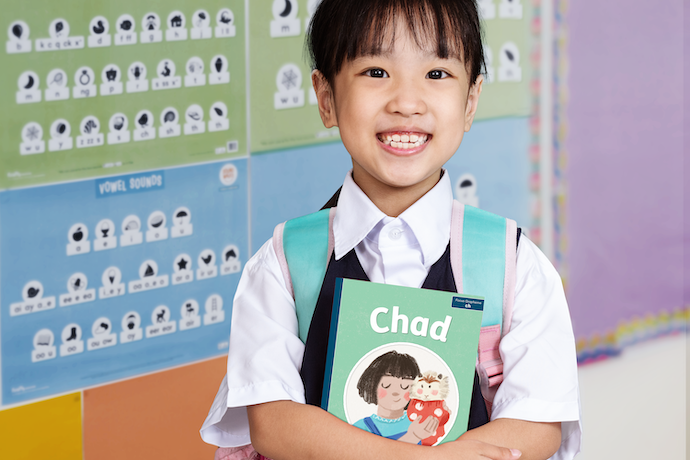
A systematic sequence
Consistent with Sound Waves Literacy lessons
Sound Waves Decodable Readers follow Sound Waves Literacy’s systematic synthetic phonics sequence. Every Decodable Reader has been written to frequently include the focus phoneme–grapheme relationship taught in the corresponding lesson. This means students can take what they’ve just learnt and immediately apply it to scaffolded reading practice.
View our Scope and Sequence documents
- To see a snapshot of the sequence of books and the focus phoneme–grapheme relationships they feature, view the Decodable Readers Scope and Sequence.
- For a more detailed understanding of how systematic synthetic phonics, word study and early years reading practice is comprehensively and cohesively taught, view the full Sound Waves Literacy Scope and Sequence.
Teach, model, apply
Targeted reading instruction
Frequent and targeted reading practice using decodable texts is a must in every Foundation and Year 1 classroom. With Sound Waves Literacy resources, all the bases are covered!
Teach using synthetic phonics lessons
Use the online teaching resources to deliver your Sound Waves Literacy lessons and explicitly teach phoneme–grapheme relationships and Special Words.
Model with projectable Decodable Readers new
Use the projectable Sound Waves Decodable Readers, which are now included in the online lesson sequence, to model reading to the class.
Apply to independent reading practice
Have students apply their phoneme–grapheme knowledge to independent reading practice using your class sets of Sound Waves Decodable Readers. Every unit has a Support, Core, or Extended book to choose from. Select the relevant level for each student depending on their reading ability.
Read our How to use guide for more information about using the Sound Waves Decodable Readers with students as part of your weekly literacy lessons.
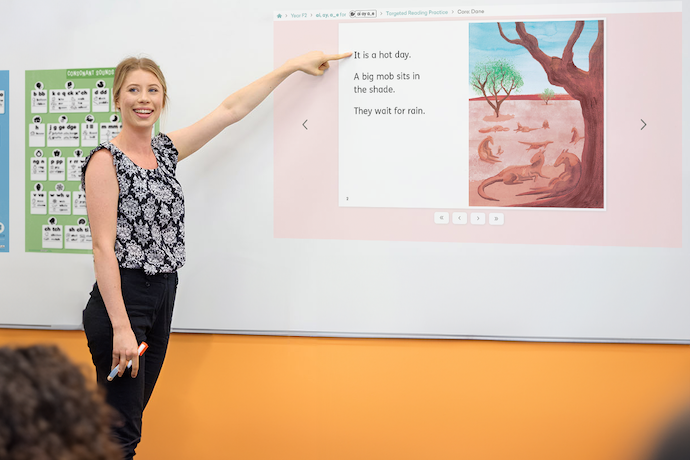
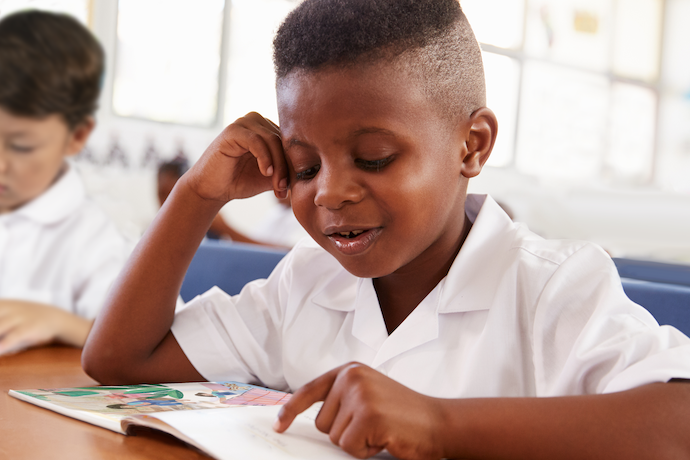
Three levels of difficulty
Independent reading success for every student
One of the stand-out features of the Sound Waves Decodable Readers is that they are available in three levels of difficulty. This differentiation allows you to provide a positive and successful reading experience for all the students in your class.
For every focus phoneme covered in the Foundation and Year 1 sequence there is a Support, Core or Extended book to choose from.
- Support books are suited to students who need to build confidence with their reading and would benefit from starting with simpler, shorter texts.
- Core books are ideal for the majority of students who can comfortably apply their new phoneme–grapheme knowledge to reading.
- Extended books are suited to more advanced students who need more complex texts to maintain their motivation and engagement.
Structured assessments new
Evaluate students’ ability to read and spell
The Foundation* program provides you with a suite of assessments to evaluate a student’s ability to read and spell words during their first year of school.
Term 1 includes a Phonemic Awareness Assessment.
Terms 2–4 each include:
- Single Word Reading Assessment (Regular Words)
- Single Word Reading Assessment (Special Words)
- Spelling Assessment.
Each assessment comes with detailed instructions on how to administer the test, marked samples and follow-up suggestions so you are equipped with the next steps to help students improve.
* Reading assessment for Year 1 is coming soon. Sound Waves already includes assessments for spelling and Focus Concepts in Years 1–6.
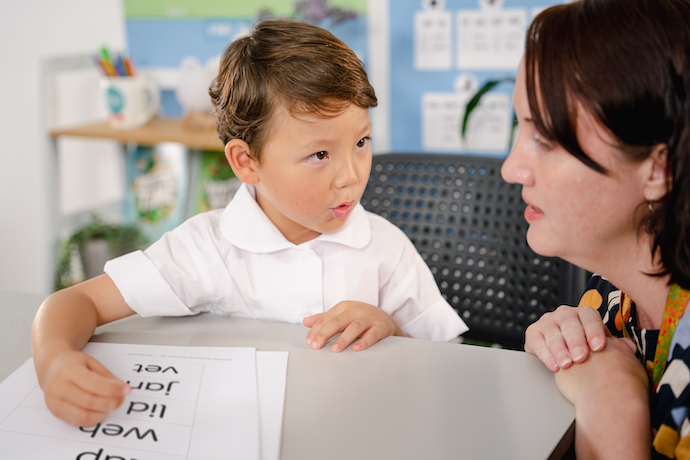
It's all in the detail
With high-quality texts, clever illustrations and a diverse range of themes, your students will learn to read and love it!
 High-quality, varied texts and diverse themes
High-quality, varied texts and diverse themes 
Each book has been carefully written by literacy experts who set out to achieve a seamless blend of quality reading material, systematic instruction and unique stories to capture students’ attention.
You’ll find a range of different text types including traditional narratives, rhyming stories, clue books and more.
Your students will enjoy reading books that feature an eclectic range of themes – from animals and the environment, to emotions and fantasy! Best of all, the books feature current Australian settings and themes making them relatable for students.
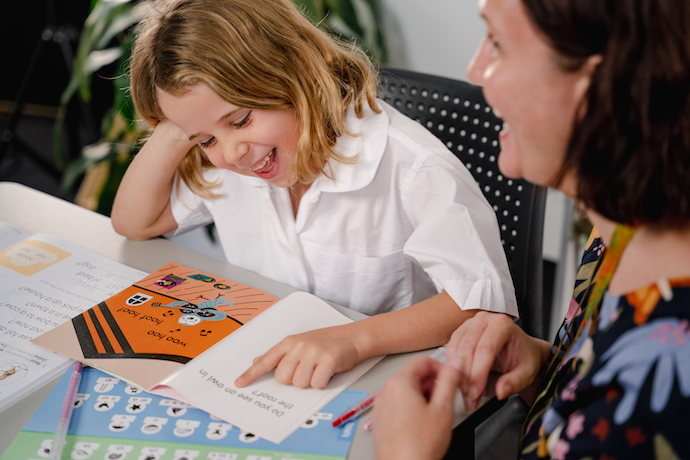
 Clever illustrations and clean layouts
Clever illustrations and clean layouts 
Although the words are the main ingredient, the illustrations and page layouts are far from an afterthought!
We’ve partnered with a range of celebrated illustrators including Tom Jellett, Cheryl Orsini, Tonia Composto and Claudia Frittitta to create beautiful and engaging books.
Every illustration has been cleverly crafted to enhance the story and prompt discussion without enabling students to predict the text.
What’s more, the carefully selected font and considered page layouts help to reduce the cognitive load for students.
It’s this level of detail that will truly enhance the overall reading experience for your early readers.
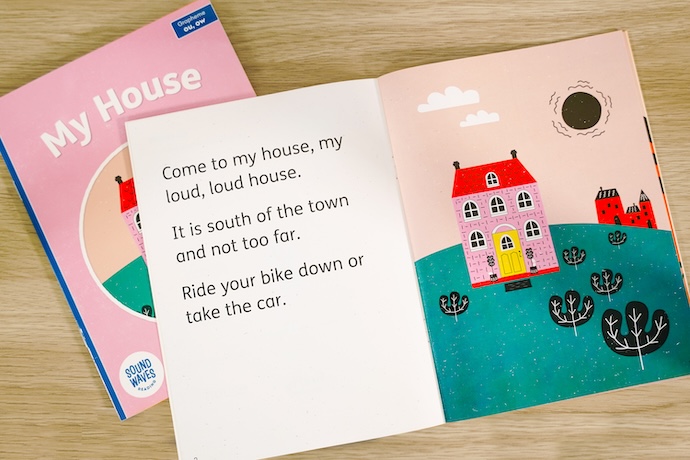
 Warm Up and discussion questions
Warm Up and discussion questions 
From start to finish, the entire reading experience has been considered.
Use the Warm Up at the start of the book to introduce students to words that include the focus phoneme–grapheme relationship featured in the text. This allows students to practise reading words in isolation before attempting to read the words in the book.
Use the Book Chat questions at the back of the book as discussion prompts to help students engage with and reflect on what they are reading.
Plus at the back of the book there are handy tips for helping students during the reading process – a useful feature for parents when it comes to home reading practice.
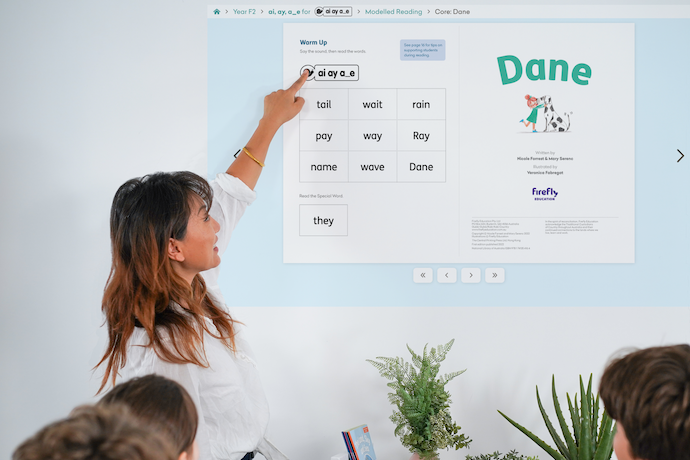
 Introductory Decodable Readers
Introductory Decodable Readers 
The online teaching resources include a short sequence of Introductory Decodable Readers in the Foundation year. These fold-up printable books allow students to practise reading single words and simple sentences before attempting longer texts.
These Introductory Decodable Readers are the perfect stepping stone before students move on to practising reading using the Sound Waves Decodable Readers sets in subsequent units.
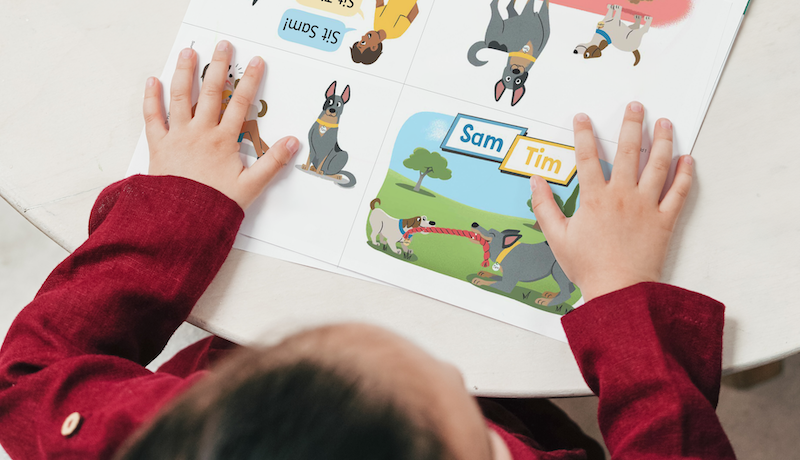
Free professional learning and support
Workshops, articles, videos and more
We understand that ongoing professional learning leads to consistent and successful implementation of instruction. Our team has a wealth of teaching experience and provides a range of tailored professional learning opportunities to continually support you and your school in using the Sound Waves Literacy resources.
Request a workshop for your school, register for one of our virtual workshops, browse our professional learning articles, or simply reach out to your local education consultant anytime of the year with your questions.
